Recommendation points
- Reference point – siphon
- How to eliminate blockages of horizontal sewerage wiring
- Cleaning the riser
- Basement part clogged – what to do
Cleaning sewer pipes and removing blockages in an apartment or house is the same “man’s job” that in most cases you can do it yourself. There are several types of household blockages that have their own “geography” – from the siphon to the riser of the sewage system. And everyone can be successfully fought.
Reference point – siphon
Most often, a blockage occurs in a narrow part of the sewer system. As a rule, the drain of the sink, washbasin, bathtub is clogged.
The toilet drain has a large diameter and is connected to a horizontal pipe of the same cross-section at a short distance from the riser. Therefore, in this place, a blockage is extremely rare..
The use of a plastic sewer pipe has reduced the risk of fat deposits to a minimum, and large debris is “cut off” by a grate at the drain hole. And when the horizontal part does not have many knees, it is laid with the desired slope, then small debris passes to the riser without problems.
But if the water began to slowly go into the drain and is collected in the bowl of a sink, washbasin or bath, then you should start with a siphon. The weakest point is the bend of the water lock.
Usually (but not always) there is a special glass in this place, which is enough to unscrew and rinse.
Although there is also a siphon design in the form of a piece of pipe bent at 180 ° This model is connected using two union nuts with a seal.
After the siphon has been flushed, it must be reinstalled. And here there may be a problem with the tightness of the gasket. Over time, it loses its elasticity and takes the shape of the end cut of the siphon, and its surface is not ideal. It is impossible to get exactly “in place”, and under strong tension, the plastic lock nut can burst. Therefore, it is important to have a siphon repair kit on hand, and if not, then a sealant. But it is better not ordinary, liquid, but plasticine. For example, ZAKZAB-1, which keeps the temperature up to 100 ° C (according to the instructions, up to 200 ° C). You can also use a window or frame sealant, but it has a limit on the upper temperature – no higher than 40 ° C.
Another method is to use a plunger. Its action is based on the property of a liquid not to be compressed in a closed volume, therefore, it transfers force to a distance in exactly the same way as a solid body. The sequence is as follows:
- the water above the drain should rise to the level of the plunger cup;
- the plunger is immersed in water and “bleed” the air;
- press firmly against the drain hole;
- do some vigorous thrusts.
If the blockage is small, then this is enough to destroy the plug and push its remains further down the pipe. Moreover, this method is applicable not only when the siphon is clogged, but also in the horizontal part of the sewer.
How to eliminate blockages of horizontal sewerage wiring
If the plunger did not help and there is no plug in the siphon, then the blockage is somewhere in the horizontal distribution pipe, and it is so “strong” that a cable is needed.
In order to use it, the siphon must be removed (so that its dismantling and flushing will not be unnecessary). To reach the blockage, the cable must have a curved handle, like a curved starter – it allows rotation, and this, when the “angle of attack” changes, leads to the possibility of changing the direction of the trajectory along the bends and knees of the sewer pipe. By the way, the same principle underlies horizontal directional drilling..
And when the cable rests, and the rotation and pressure on it does not lead to advancement, then there is a plug in front of it. It is pierced with several energetic jerks, then the rope is pulled out and hot water is poured into the pipe. Do this until she starts to leave instantly.
But it is not always possible to use a cable. For example, it is very inconvenient for them to use if the pipe is clogged after the bath has been drained, and generally impossible if the drain of the built-in shower stall is clogged. It is good if the plug is in a common pipe with the rest of the plumbing. Then, with a sufficient length of the cable, you can break through the blockage by entering from the drain plug of the sink or kitchen sink. Otherwise (and also if you do not want to do dirty work), you can use special fluids.
Their action is based on the ability of certain chemicals to dissolve fats and organics. Most often, acid is used as the main component, less often quaternary ammonium. And it is not recommended to use a solution of caustic soda in a domestic environment (it is intended for flushing the sewers of industrial enterprises).
In principle, the use of special chemicals should be of a preventive and preventive nature. And as a radical method, it is not always able to quickly act..
Cleaning the riser
The main sign of a riser blockage is the appearance of water in the plumbing of the “bottom row” (in the shower tray or in the bathtub) and an excess of the level in the toilet bowl (up to overflow).
First, you need to shut off the water along the entrance riser (or throughout the house).
Then warn the neighbors from above so that they temporarily do not use the toilet (there is at least 6 liters of water in the tank) and do not open the faucet valves (there will also be a decent amount of water in the pipes).
And then look for an audit in the riser of your apartment or on top. This is the name of a special outlet on the riser in the form of a tee with a threaded cover (for a plastic pipe) or a flange with a screw hatch and a sealing circuit (for a cast iron pipe). This revision is installed on the first and every third floor. For the apartment on the upper floor, you can use the ventilation outlet of the sewer riser. If the drain of the automatic machine has its own tee on the sewer riser, then you can use it.
Removing the blockage in the riser is possible only with a cable. There can be no fat plug here, so chemistry will not help.
The blockage is simply “smashed” and then washed with hot water. And here it is important to make sure that he just “crashed” and not moved one floor below. And this can be seen by the same signs as indicated above..
If the cable does not help, then you will have to cut a section of the riser with a plug, and put a segment from a new pipe. But for this work it is better to call specialists.
Basement part clogged – what to do
Worst of all, if the signs of blockage in the riser “show” plumbing on the first floor. The problem may not be in the riser, but in the horizontal part of the sewer. In the one in the basement.
If the tightness of the pipe is normal, then a plug may appear in the basement less often. It is there that the pressure of the water column is maximum, which gives the best conditions for self-cleaning of the system, and the discharge of even large debris (rags, bags, but not the plug, which appeared due to the drainage of the remains of cement mortar into the sewer), into the sewer well..
A leak or a crack in the pipe will result in leakage, pressure loss and a “hot spot” where debris can accumulate. And this is another case for specialists to fix the problem..


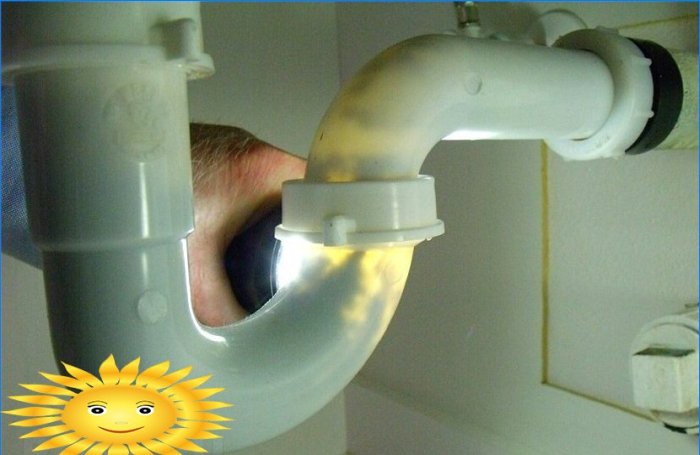
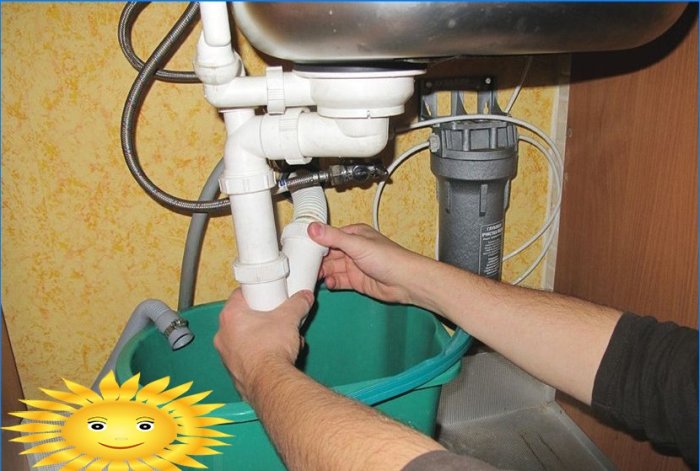
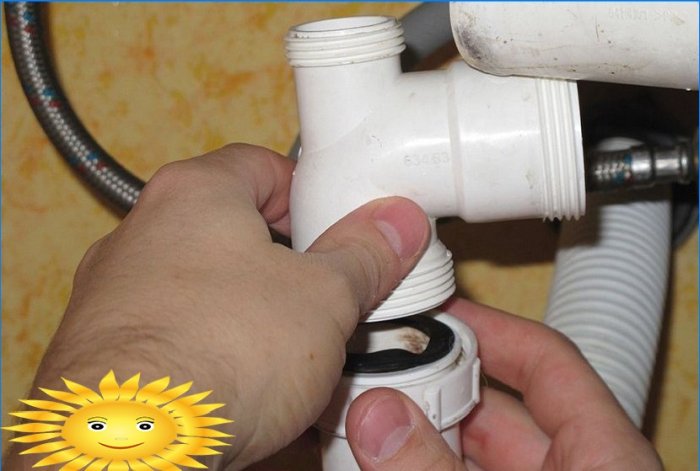
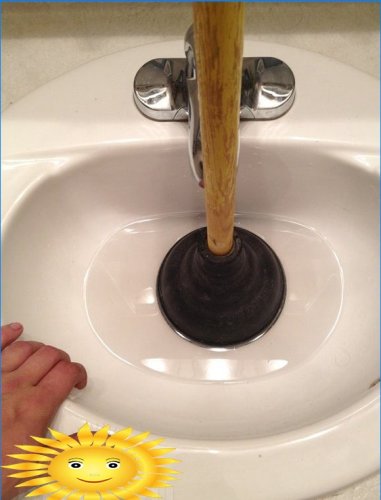
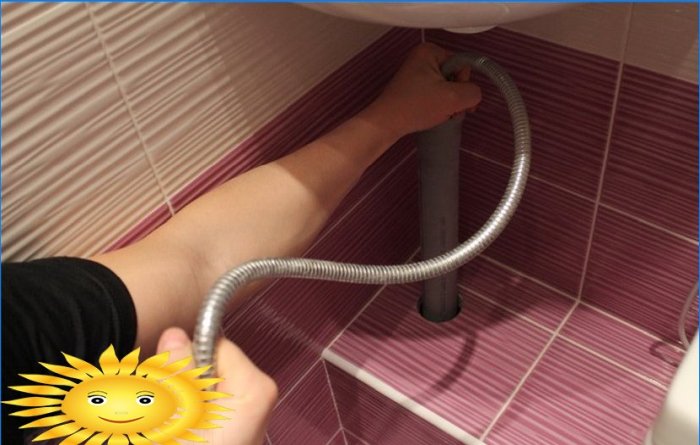
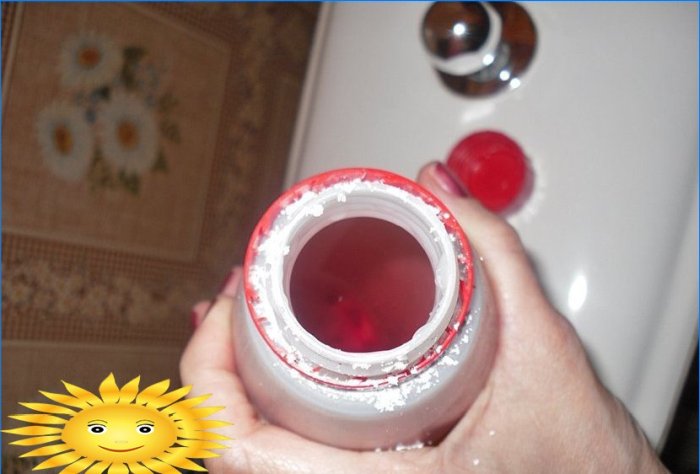
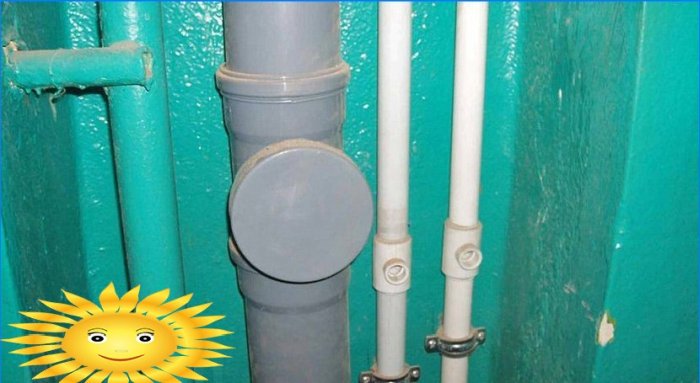
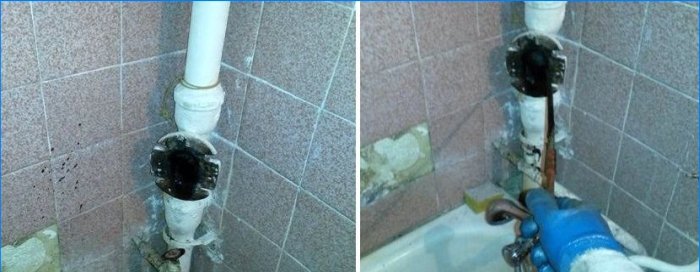
Is it safe to attempt DIY cleaning of sewer pipes and removal of blockages? What are the possible risks and precautions one should take? Are there any specific tools or techniques recommended for beginners?